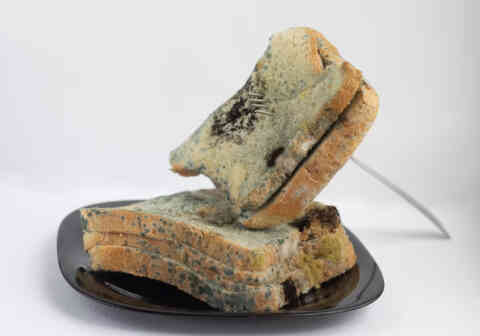Flour microbiology

Microbiological organisms include bacteria, yeasts and moulds. These organisms are almost universally present in the environment. The microbiological content of flour is a reflection of the wheat from which it was milled. Wheat is naturally exposed to microbial organisms as it grows in the field and as it is stored and transported.
The microbial content of white flour is lower than that of wheat itself as microorganisms reside on the outer bran layers of the wheat grain which are removed during the milling process.
Ongoing industry monitoring
Whilst there are no legislative levels for microorganisms in flour, UK flour millers take great care to ensure that the food they produce is safe. In order to do this, UK Flour Millers members fund a monitoring programme that closely examines the microbiological content of flours. Since 1971, an annual survey of the microbiological condition of white flours has been carried out using samples from UK Flour Millers members’ mills, representing flours from across the country. This continues to show that the microbial content of UK flour is low.
Flour is ultimately a raw ingredient and must be cooked or baked before consumption.
